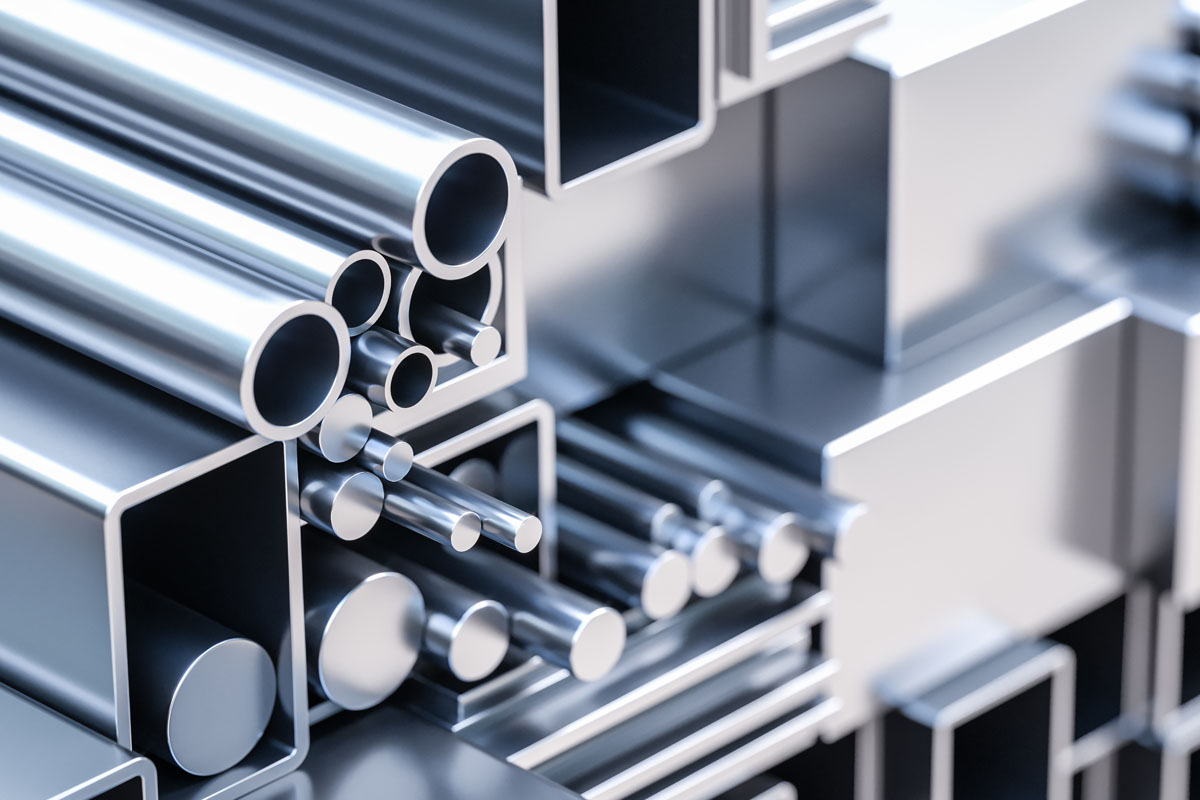The Rise of Digital Technology: Achieving High-Precision Machining Excellence+ View more
The Rise of Digital Technology: Achieving High-Precision Machining Excellence
+ View more
Date:2023-11-15 16:00
Introduction:
In the era of rapid technological advancement, the integration of digital technology has revolutionized various industries, with machining being no exception. This article delves into the transformative impact of digital technology on machining processes, exploring key strategies to attain high-precision results in manufacturing.

1. Digital Transformation in Machining:
The advent of digital technology has ushered in a new era for machining. Computer Numerical Control (CNC) machines, equipped with advanced software and precision controls, have replaced traditional machining methods. This digital shift enables unprecedented levels of accuracy and repeatability in the manufacturing process.
2. Precision Programming and Simulation:
High-precision machining starts with meticulous programming. Advanced software allows manufacturers to create intricate toolpaths and simulate machining operations in a virtual environment. This not only aids in identifying potential issues but also optimizes the toolpath for maximum precision, reducing the margin of error in the actual machining process.
3. Sensor Technologies for Real-Time Monitoring:
Digital sensors play a crucial role in achieving and maintaining high precision during machining. These sensors provide real-time data on factors such as temperature, vibration, and tool wear. By continuously monitoring these variables, manufacturers can make instant adjustments to optimize machining conditions, ensuring consistent precision throughout the production cycle.
4. Adaptive Control Systems:
The integration of adaptive control systems further refines machining processes. These systems use feedback from sensors to dynamically adjust machining parameters, compensating for variations in material properties and environmental conditions. This adaptive approach ensures that the machining process remains finely tuned for optimal precision under diverse circumstances.

5. High-Performance Cutting Tools:
Digital technology has also spurred innovation in cutting tools. High-performance tools, often made from advanced materials and coatings, are designed to withstand the rigors of high-speed machining while maintaining sharpness and durability. The careful selection and integration of these tools contribute significantly to achieving the desired levels of precision.
6. Data Analytics for Continuous Improvement:
The utilization of data analytics in machining processes facilitates continuous improvement. By analyzing data generated during machining operations, manufacturers can identify trends, optimize parameters, and implement preventive maintenance strategies. This data-driven approach not only enhances current precision levels but also lays the foundation for ongoing advancements.
7. Training and Skill Development:
Achieving high-precision machining requires a skilled workforce capable of harnessing the full potential of digital technologies. Training programs that focus on digital literacy, programming, and the operation of advanced machining equipment are essential for empowering workers to navigate the intricacies of modern machining processes.
Conclusion:
As digital technology continues to reshape the landscape of machining, the pursuit of high precision becomes both feasible and essential. Through a combination of advanced programming, sensor technologies, adaptive control systems, cutting-edge tools, data analytics, and comprehensive training, manufacturers can unlock the full potential of digital technology, ensuring that precision remains at the forefront of modern machining practices.
Share to:
Recommend wonderful blog posts

